Atlantic Sea Monsters
I love historical accounts of cryptids so have one below for you and also a link where you can read the whole book.
The following is the article in the Inverness Courier 1873:—
“We are glad to see that the two gentlemen who favoured us last autumn with an account of what they believed to be a strange animal seen off the west coast, Inverness-shire, have published in the Zoologist, a monthly journal of natural history, a careful description of the creature which they saw, and which seems to resemble the engravings of what is called the Norwegian sea-serpent. We subjoin the magazine article entire. There is such a dread of ridicule in appearing publicly in company with this mysterious and disreputable monster, that we must commend the boldness of the two clergymen in putting their names to the narrative; especially as we observe that other observers have not been so courageous, and that they have been obliged to give some of their information anonymously.“The huge serpent, if serpent it may be called, invariably appears in still warm weather, and in no other. There are certain Norwegian fjords and narrow seas which it frequents, and it is scarcely ever seen in the open sea. In the present case, the limit in which the animal has been seen on our coast, is Lochduich to the north and the Sound of Mull to the south, only about a fifth of the space between Cape Wrath and the Mull of Kintyre; and it is in that part it should be most looked for. We beg to draw the attention of our readers on the West Coast to the fact, now established on indubitable evidence, of the supposed animal having been seen there last year, and to the possibility of its appearing again in similar weather this year. If it chances to turn up once more, some full and accurate account of the phenomenon would certainly be most desirable.”
The following is the article in the Zoologist :—
Appearance of an animal, believed to be that which is called the Norwegian Sea-serpent, on the Western Coast of Scotland, in August 1872, by the Rev. John McRae, Minister of Glenelg, Invernessshire, and the Rev. David Twopeny, Vicar of Stockbury, Kent.On the 20th of August 1872 we started from Glenelg in a small cutter, the Leda, for an excursion to Lochourn. Our party consisted, besides ourselves, of two ladies, F. and K., a gentleman, G. B., and a Highland lad. Our course lay down the Sound of Sleat, which on that side divides the Isle of Skye from the mainland, the average breadth of the channel in that part being two miles.It was calm and sunshiny, not a breath of air, and the sea perfectly smooth. As we were getting the cutter along with oars we perceived a dark mass about two hundred yards astern of us, to the north. While we were looking at it with our glasses (we had three on board) another similar black lump rose to the left of the first, leaving an interval between; then another and another followed, all in regular order. We did not doubt its being one living creature: it moved slowly across our wake, and disappeared. Presently the first mass, which was evidently the head, reappeared, and was followed by the rising of the other black lumps, as before. Sometimes three appeared, sometimes four, five, or six, and then sank again. When they rose, the head appeared first, if it had been down, and the lumps rose after it in regular order, beginning always with that next the head, and rising gently; but when they sank, they sank altogether rather abruptly, sometimes leaving the head visible.
It gave the impression of a creature crooking up its back to sun itself. There was no appearance of undulation; when the lumps sank, other lumps did not rise in the intervals between them. The greatest number we counted was seven, making eight with head, as shown in sketch No.1 [two engravings are given]. The parts were separated from each other by intervals of about their own length, the head being rather smaller and flatter than the rest, and the nose being very slightly visible above the water; but we did not see the head raised above the surface either this or the next day, nor could we see the eye. We had no means of measuring the length with any accuracy; but taking the distance from the centre of one lump to the centre of the next to be six feet, and it could scarcely be less, the whole length of the portion visible, including the intervals submerged, would be forty-five feet. Presently, as we were watching the creature, it began to approach us rapidly, causing a great agitation in the sea. Nearly the whole of the body, if not all of it, had now disappeared, and the head advanced at a great rate in the midst of a shower of fine spray, which was evidently raised in some way by the quick movement of the animal—it did not appear how—and not by spouting. F. was alarmed and retreated to the cabin, crying out that the creature was coming down upon us. When within about a hundred yards of us it sank and moved away in the direction of Syke, just under the surface of the water, for we could trace its course by the waves it raised on the still sea to the distance of a mile or more. After this it continued at intervals to show itself, careering about at a distance, as long as we were in that part of the Sound; the head and a small part only of the body being visible on the surface; but we did not again, on that day, see it so near nor so well as at first.At one time F. and K. and G. B. saw a fin sticking up at a little distance back from the head, but neither of us were then observing. On our return the next day we were again becalmed on the north side of the opening of Lochourn, where it is about three miles wide, the day warm and sunshiny as before. As we were dragging slowly along in the afternoon the creature again appeared over towards the south side, at a greater distance than we saw it the first day. It now showed itself in three or four rather long lines, as in the sketch No. 2, and looked considerably longer than it did the day before; as nearly as we could compute, it looked at least sixty feet in length. Soon it began careering about, showing but a small part of itself, as on the day before, and appeared to be going up Lochourn. Later in the afternoon, when we were still becalmed in the mouth of Lochourn, and by using the oars had nearly reached the island of Sandaig, it came rushing past us about a hundred and fifty yards to the south, on its return from Lochourn. It went with great rapidity, its black head only being visible through the clear sea, followed by a long trail of agitated water. As it shot along, the noise of its rush through the water could be distinctly heard on board. There were no organs of motion to be seen, nor was there any shower of spray as on the day before, but merely such a commotion in the sea as its quick passage might be expected to make. Its progress was equable and smooth, like that of a log towed rapidly. For the rest of the day, as we worked our way home northwards through the Sound of Sleat, it was occasionally within sight of us until nightfall, rushing about at a distance, as before, and showing only its head, and a small part of its body on the surface. It seemed on each day to keep about us, and as we were always then rowing, we were inclined to think it perhaps might be attracted by the measured sound of the oars. Its only exit in this direction to the north was by the narrow Strait of Kylerhea, dividing Skye from the mainland, and only a third of a mile wide, and we left our boat, wondering whether this strange creature had gone that way or turned back again to the south. We have only to add to this narrative of what we saw ourselves, the following instances of its being seen by other people, of the correctness of which we have no doubt. The ferrymen on each side of Kylerhea saw it pass rapidly through on the evening of the 21st, and heard the rush of the water; they were surprised, and thought it might be a shoal of porpoises, but could not comprehend their going so quickly.
Finlay McRae, of Bundaloch, in the parish of Kintail, was within the mouth of Lochourn on the 21st, with other men in his boat, and saw the creature at about the distance of one hundred and fifty yards. Two days after we saw it, Alexander Macmillan, boat-builder at Dornie, was fishing in a boat in the entrance of Lochduich, half-way between Druidag and Castledonan, when he saw the animal, near enough to hear the noise, and see the ripple it made in rushing along in the sea. He says that what seemed its head was followed by four or more lumps, or "half-rounds," as he calls them, and that they sometimes rose and sometimes sank altogether. He estimated its length at not less than between sixty and eighty feet. He saw it also on two subsequent days in Lochduich. On all these occasions his brother, Farquhar, was with him in the boat, and they were both much alarmed, and pulled to the shore in great haste. A lady at Duisdale, in Skye, a place overlooking the part of the Sound which is opposite the opening of Lochourn, said that she was lookingout with a glass when she saw a strange object on the sea, which appeared like eight seals in a row. This was j ust about the time that we saw it. We were also informed that about the same time it was seen from the island of Eigg, between Eigg and the mainland, about twenty miles to the south-west of the opening of Lochourn. We have not permission to mention the names in these two last instances.
JOHN MCRAE.DAVID TWOPENY.Extract from Mythical Monsters by Charles Gould 1886
read book at :http://www.sacred-texts.com/index.htm

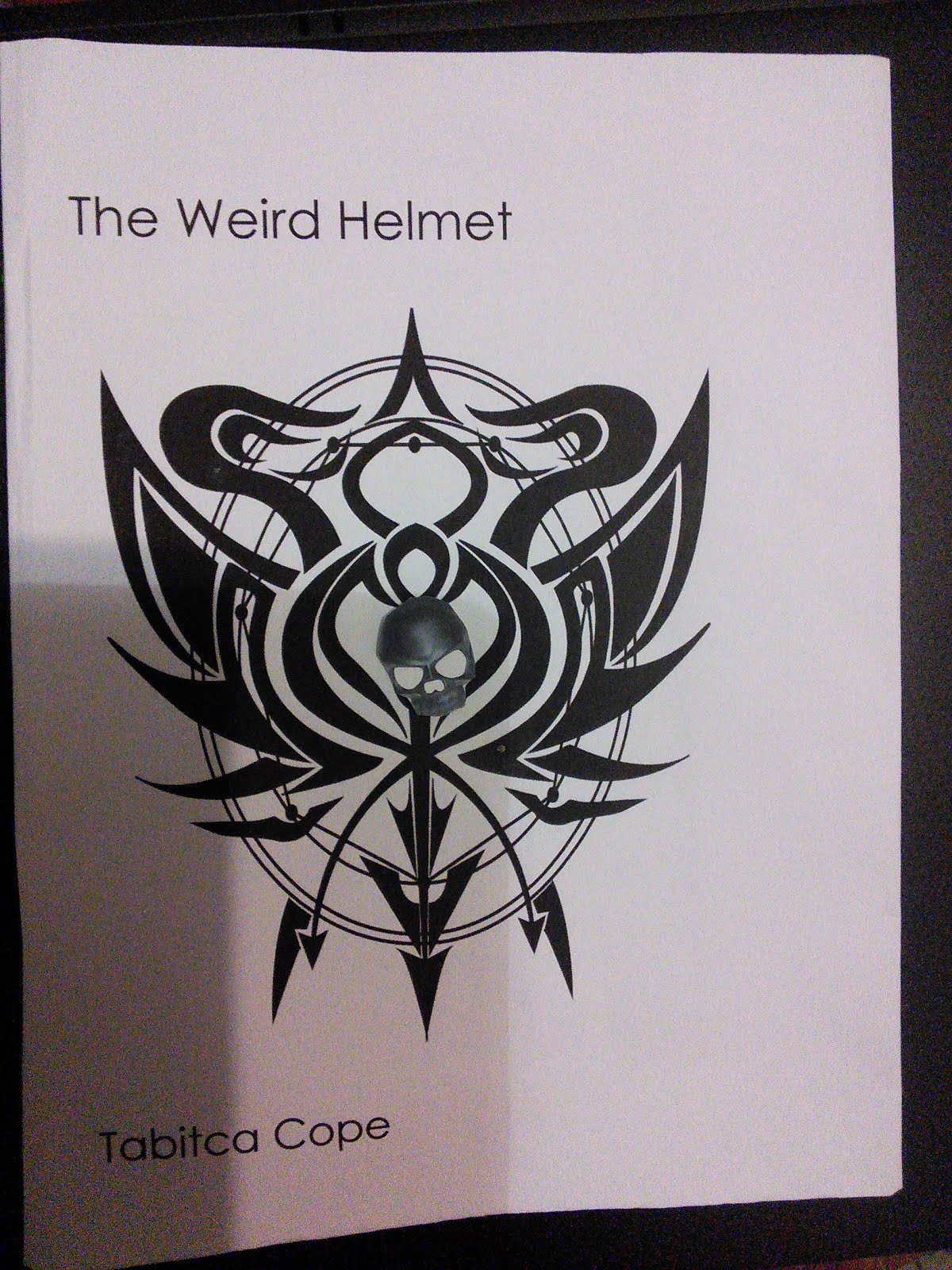
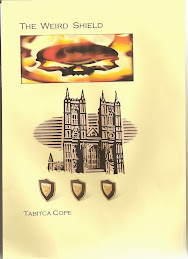
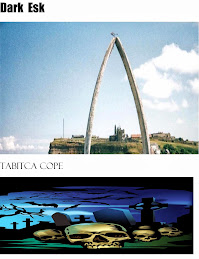
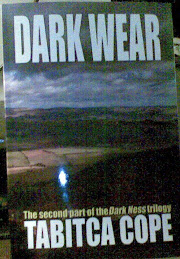


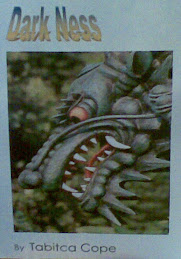
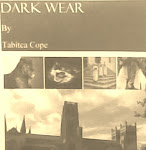












No comments:
Post a Comment